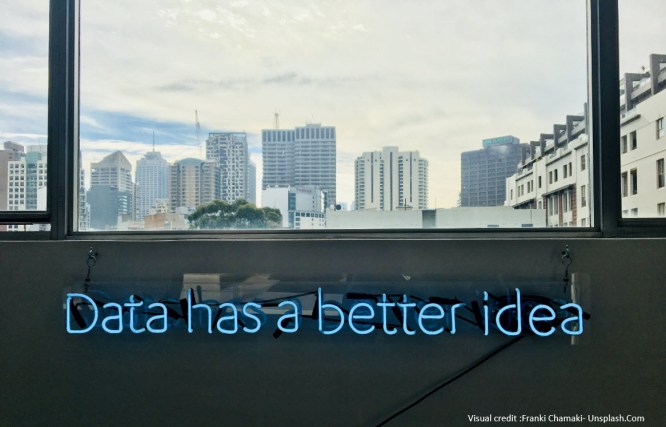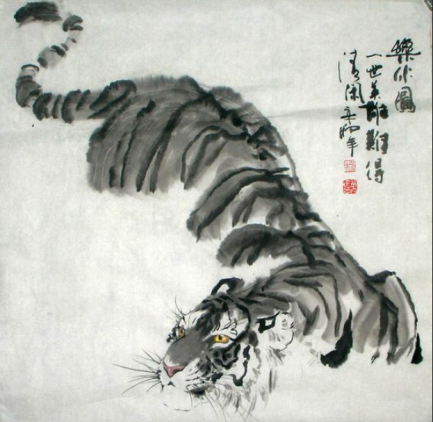 You cannot escape the discussions around platform business models. Recently I saw that 50% of all organizations are either investing or considering a new platform business model. In a report provided by the IBM Institute for Business Value, released last year called “The Incumbents Strike Back” they really encapsulated the survey work they undertook in four topics that tell a story of today, or it certainly should do.
You cannot escape the discussions around platform business models. Recently I saw that 50% of all organizations are either investing or considering a new platform business model. In a report provided by the IBM Institute for Business Value, released last year called “The Incumbents Strike Back” they really encapsulated the survey work they undertook in four topics that tell a story of today, or it certainly should do.
What’s required, now more than ever, according to IBM, is the fortitude for perpetual reinvention and these four topics tell the story of why these are important:
Firstly we are all “dancing with disruption” and it is the reinventors that are finding the way to balance the existing with the designs of the future. This was described as a “balance between stability and dynamism” and exploring the forces at play.
Secondly, reinventors are placing their “trust in the journey” as they are investing in design thinking, testing the assumptions and re-orientating their organizations to engage with their customers to create deep bonds based on trust, the path to personalization.
Thirdly, the whole value is changing based on “orchestrating the future” where organizations scale differently their partner networks, reconsider their value propositions and allocate resources more on business platform designs.
Fourthly, there is a liberating for “innovation in motion” where constant experimentation, getting close to customers and delving deeper into ever-evolving ecosystems of dynamic teams and partnerships are transforming their landscape.
Two really important points for me in this short report was the pull of the platform business model shown in the visuals provided
Read more
 So, what is the future for humanity, and where does technology with a purpose fit? Can we envision a new era of sustainability powered by IoT?
So, what is the future for humanity, and where does technology with a purpose fit? Can we envision a new era of sustainability powered by IoT? I recently listened to a great topic from a panel of experts that certainly opens all our thinking to all the possibilities ahead of us in the Industrial IoT world.
I recently listened to a great topic from a panel of experts that certainly opens all our thinking to all the possibilities ahead of us in the Industrial IoT world. We are currently locked into a ‘battle of ecosystems.’ where our very existence is requiring one side to win, it simply must, to be more dominant.
We are currently locked into a ‘battle of ecosystems.’ where our very existence is requiring one side to win, it simply must, to be more dominant. Sadly, yesterday, 4th November 2019, the United States began the process of withdrawing from the Paris Agreement, notifying the UN of its intention to leave.
Sadly, yesterday, 4th November 2019, the United States began the process of withdrawing from the Paris Agreement, notifying the UN of its intention to leave.

 We all facing this growing pressure of time. In our daily work, in managing product and service life-cycles, as well as constantly considering business model overhauls as they become ever more connected.
We all facing this growing pressure of time. In our daily work, in managing product and service life-cycles, as well as constantly considering business model overhauls as they become ever more connected. You cannot escape the discussions around platform business models. Recently I saw that 50% of all organizations are either investing or considering a new platform business model. In a report provided by the IBM Institute for Business Value, released last year called “
You cannot escape the discussions around platform business models. Recently I saw that 50% of all organizations are either investing or considering a new platform business model. In a report provided by the IBM Institute for Business Value, released last year called “ I was trying to capture the Asian dynamism in how they go about Ecosystem designs for their businesses.
I was trying to capture the Asian dynamism in how they go about Ecosystem designs for their businesses. How can we achieve seamless experiences when we don’t have seamless organizations?
How can we achieve seamless experiences when we don’t have seamless organizations?